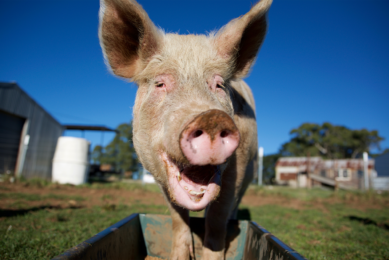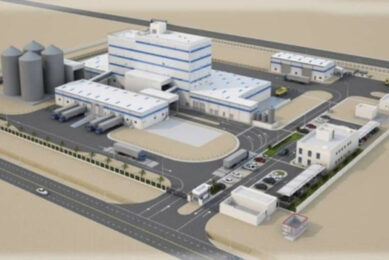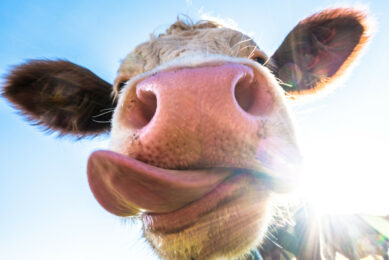Changes in feed composition
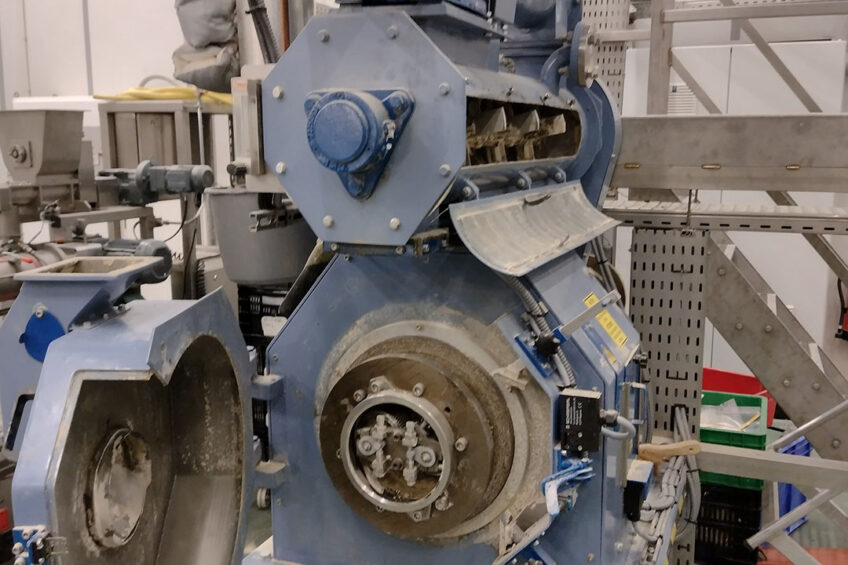
How the inclusion of more fibrous co-products affects the energy needed during processing, pelletability and more.
Today’s feed pellets include starch-rich ingredients such as cereal grains, both as a source of nutrients and as a binding agent.
However, due to global population growth, pellet compositions are changing in many markets around the the world. Starch-rich ingredients are increasingly being examined and used for food and biofuel applications rather than feed.
It’s therefore critical to know how the substitute ingredients in the mash are going to affect its pelletability, the energy needed to pellet, and more.
Together with colleagues, Thomas Bastiaansen of the Animal Nutrition Group, Wageningen University & Research, the Netherlands has published a new paper on this subject (Changes in thermomechanical properties of feed in relation to composition and their effect on pellet manufacturing).
He provides this exclusive look inside the study and explains what lies ahead.
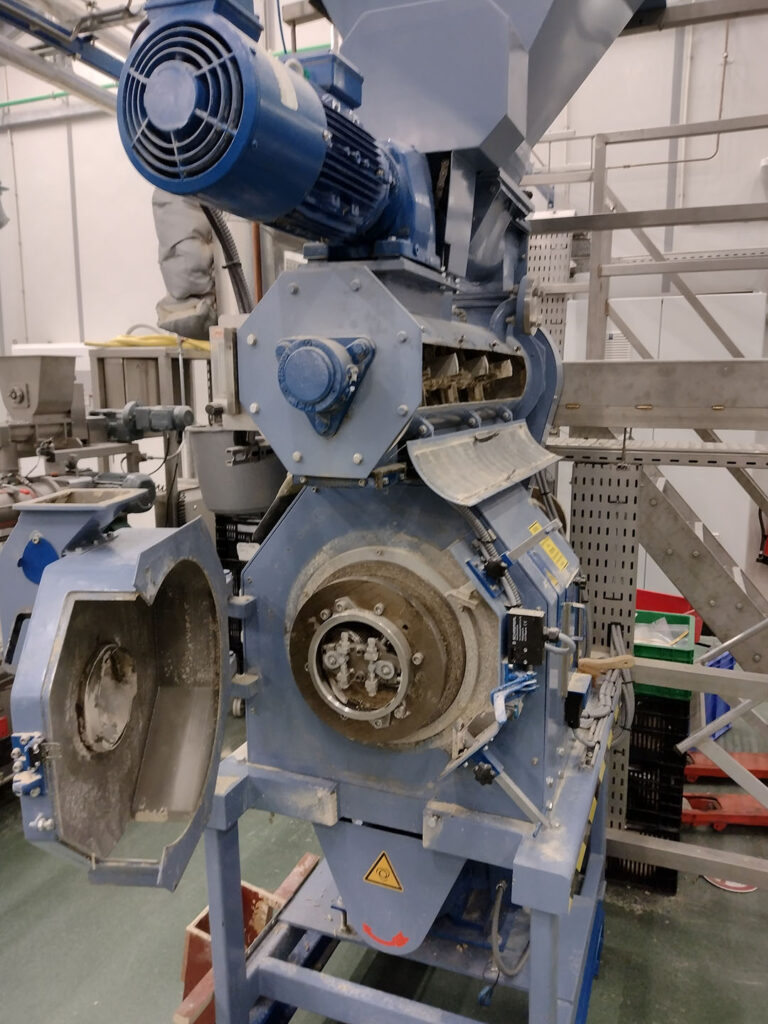
Fibre-rich ingredients – the basics
As Bastiaansen and his colleagues note in their paper, co-products from the food and biofuel industries are expected to be used increasingly in livestock feed.
Research is scarce on how these fibre-rich ingredients can negatively affect pellet manufacturing. Relating to their own study, Bastiaansen and his team note specifically that the thermomechanical properties of pellet mash, its ‘material deformability’ (pliability) for example, are considered distinctly different for fibre-rich co-products compared to traditional starch-rich ingredients.
Glass transition
They also note that, during the pellet manufacturing process, feed mash is first conditioned by adding moisture and heat through steam injection, in order to alter its thermomechanical properties through ‘induction of the glass transition’ (softening of the material over a broad temperature window).
This enhanced deformation of the material by conditioning through steam injection facilitates the formation of inter-particle bonds, which enhances the physical pellet quality (its hardness and durability).
Many scientists have reported a high glass transition temperature for lignin and pectin and a lower glass transition temperature for cellulose (found in fibrous materials) at the moisture content generally observed during pellet manufacturing. However, these studies did not examine differences in the actual mechanical properties such as deformability.
…the effect of fibre-rich material inclusion on physical pellet quality tends to vary depending on the type of fibre.
Study details
Bastiaansen and his colleagues formulated a basic mash (soybean meal, maize and soybean oil) to which they added incremental levels of fibrous co-products with varying physicochemical properties. Specifically, they added various levels (0 – 300 g/kg) palm kernel expeller, sugar beet pulp, wheat straw and isolated native maize starch.
Then, Bastiaansen and his team measured pellet quality, production capacity and gross specific mechanical energy consumption per megagram. In addition, mash deformability was evaluated (by increasing the moisture content of a mash sample, compressing it and gradually increasing temperature).
Figure 1 – Longitudinal cross-section of pellets consisting of 70 % basic mash (a) to which was added 30 % of maize starch (b), palm kernel expeller (c), sugar beet pulp (d), and wheat straw (e). Distinct feed particles (circles) can be observed within pellets.
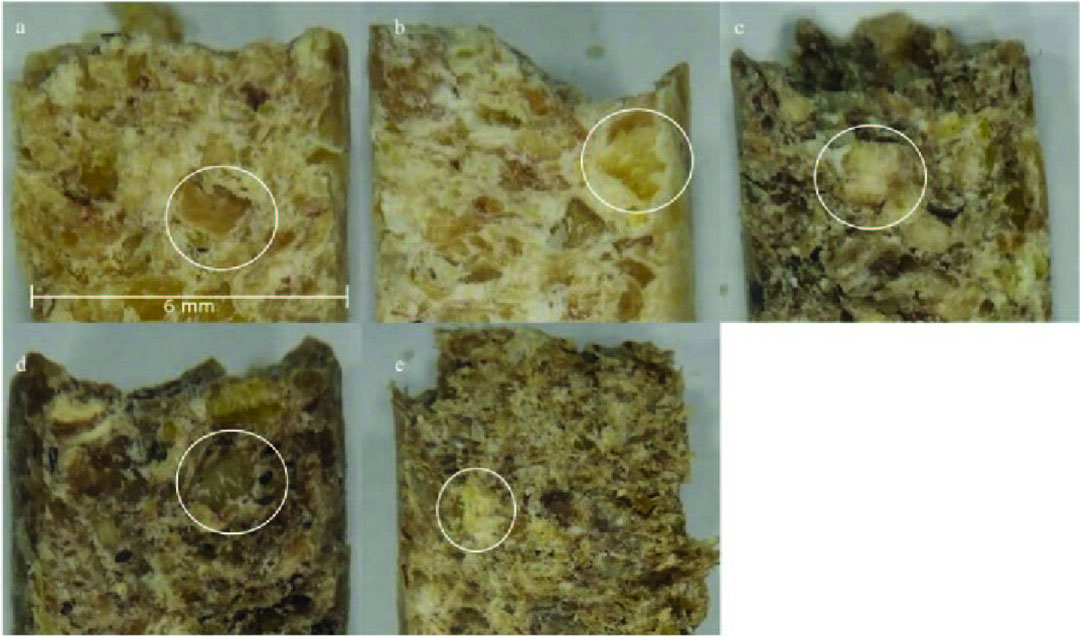
A look at pellet quality
This team found that including fibrous co-products increases pellet quality, in a similar way to the inclusion of isolated native maize starch (Figure 1). This seems rather surprising.
Bastiaansen explains that “the effect of fibre-rich material inclusion on physical pellet quality tends to vary depending on the type of fibre. Hence the inclusion of the fibrous co-products was expected to have more ambiguous results in terms of physical pellet quality.”
Indeed, he and his colleagues surmise that fibre-rich material and native maize starch provide comparable beneficial effect on physical pellet quality, although one is fibrous and one is not.
“Based on our results, we conclude that the addition of isolated maize starch or one of the fibrous co-products has a comparable effect on the physical quality of the pellet,” he says. “Our results, however, do not provide insight into whether these effects are caused by a comparable mechanism, or through the processes as described by previous authors.”
What Bastiaansen and his team found a surprise was the fact that the effect of feed material inclusion on physical pellet quality is ‘non-linear.’
That is, Bastiaansen explains, “there is general understanding throughout the feed industry which feed materials are beneficial for pellet quality and which are ‘difficult.’ It appears, however, that even at the relatively-low combined inclusion levels of this study, these non-linear effects are already observable.”
Use of energy
Energy consumption was observed widely within the present study, and more deformable mashes were observed to induce a higher energy consumption in the pellet press.
Bastiaansen and his colleagues also conclude that mash deformability could provide an indicator for pellet quality, but the underlying mechanism requires further study.
“The underlying mechanism of what makes particles stick together in a pellet remains largely unclear,” he explains. “While the results of this study indicate that material behaviour could potentially facilitate the formation of a strong pellet, what we actually need is a qualitative understanding of how particles of different feed materials behave during compaction and form bonds with one another.”
Future research
With regard to more research into the inclusion of fibrous co-products in feed mash and pellet manufacturing, Bastiaansen sees a need for the development of methodologies for studying the role of feed composition on a laboratory scale.
“If we want to thoroughly understand the effect of feed composition on the pellet manufacturing process, solid methodologies are needed to study the behaviour of feed mash during conditioning and die transition under conditions similar to those of pellet manufacturing,” he proposes.
“This would allow for the identification of key properties of feed, and the optimal conditions required for reducing energy consumption and increasing physical pellet quality in the pellet manufacturing process.”
Critical takeaways
In terms of what is most critical for pellet manufacturing company leadership teams to understand as they deal with adding more of these fibrous co-products, Bastiaansen points to the possibility that the inclusion of some fibrous co-products is not always economically sensible.
“An example within this study is the inclusion of wheat straw, which led to an increase in physical pellet quality, but also a significant increase in energy consumption by the compactor,” he says.
“During feed formulation not only the cost of an ingredient itself should therefore be considered, but also its potential on the economical costs of pellet manufacturing.”




